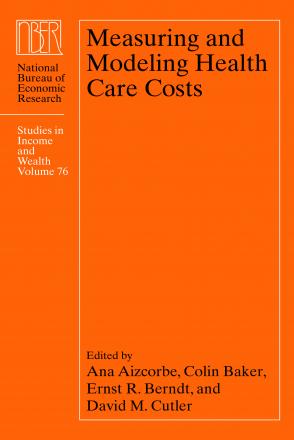Calculating Disease-Based Medical Care Expenditure Indexes for Medicare Beneficiaries: A Comparison of Method and Data Choices

Disease‐based medical care expenditure indexes are currently of interest to measurement economists and have been the subject of several recent papers. These papers, however, produced widely different results for medical care inflation and also varied in the datasets and methods used, making comparison difficult. In this paper, using two data sources and two different methods for calculating expenditure indexes for the Medicare population, we compare the indexes produced and establish some results that will help guide policymakers in choosing indexes for this population. We compare two methods: the primary diagnosis method and a regression‐based method. The former is preferable because of its transparency but makes stringent demands of the data. We find that when the methods are applied to the same datasets, the primary diagnosis method produces higher average annual aggregate growth rates. The difference implies that the regression‐based method should therefore be employed with caution and only when necessary. We also compare medical care expenditure indexes produced from the Medicare Current Beneficiary Survey and the Medical Expenditure Panel Survey. The MEPS is the only dataset with diagnoses attached to drug events, which significantly affects the resulting indexes. On balance, however, the MCBS is probably the preferable dataset for Medicare beneficiaries because of its greater sample size and its inclusion of nursing home residents. The optimal index may be a hybrid of the primary diagnosis method applied to Medicare claims and a regression‐based index for pharmaceutical spending. We discuss further avenues for research, such as comparing our results with indexes created with commercial groupers, and what data to use for Medicare private plan enrollees.


